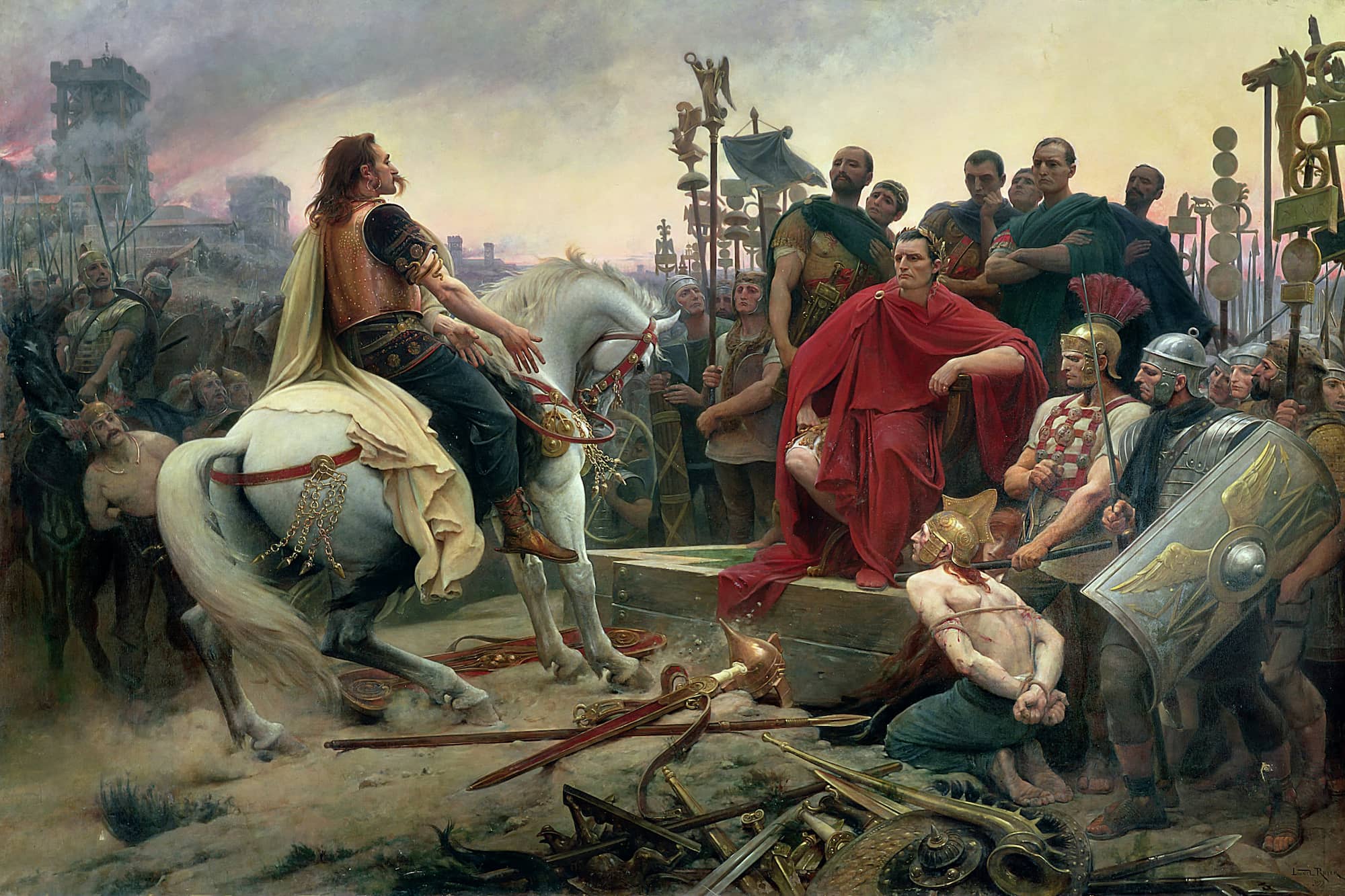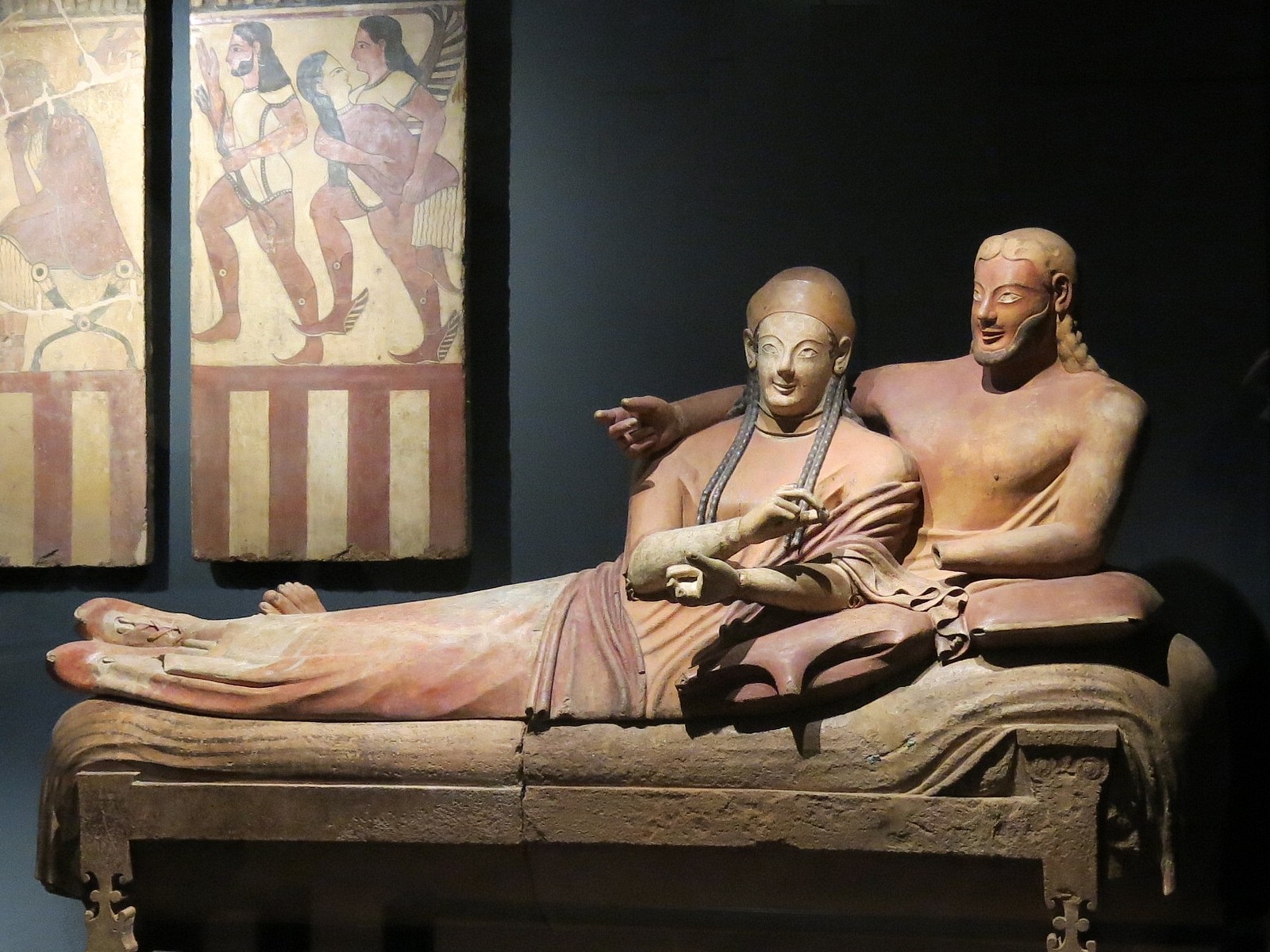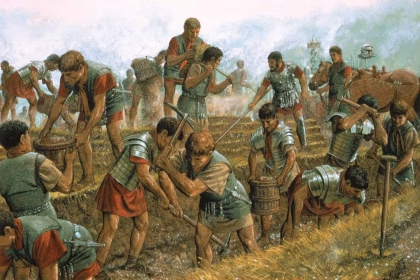The Byzantine emperors Constantine, who ruled the western half of the Empire, and Licinius, who ruled the eastern half, collaborated on the Edict of Milan in 313. The Edict of Serdica had effectively ordered the end of anti-Christian measures in certain territories two years earlier, in April 311. The text calls for legal confirmation of this. The revival of an empire battered by internal strife and external threats was foreshadowed by this so-called “edict of tolerance.” After gaining absolute power in the Empire in 323, Constantine I accelerated the pace at which he instituted a number of repressive policies in favor of Christianity. This powerful reformer made the change and inspired others at the top to follow his example. He established Constantinople in Byzantium (in 330), the center of Christianity and the capital of the Eastern Roman Empire, following the Council of Nicea in 323.
- What events led to the Edict of Milan?
- What was the Edict of Milan?
- What does the text of the Edict of Milan contain?
- Who were the emperors behind the Edict of Milan?
- What are the results of the proclamation of the Edict of Milan?
- TIMELINE OF THE EDICT OF MILAN
- Christian persecution under Diocletian, A.D. 303
- October 28, 312—Battle of the Milvian Bridge
- 313: Constantine promulgates the Edict of Milan
What events led to the Edict of Milan?
The Edict of Milan was issued as the Roman Empire was falling apart, making Christians a prime target. Polytheism was the dominant faith during the height of the Empire in the second century. As a result, new gods could be adopted (such as Teutates for Gaul and Isis for Egypt) and populations could be assimilated following military victories. The emperors’ authority was not threatened by these mystery cults, and in fact, they were exploited by some of them.
An Eastern monotheistic religion emerged in the first century and quickly gained adherents across the region. Although Christians made up a small percentage of the population, they eventually became a problem because of the imperial cult they broke away from and the love and sharing they preached. While this was happening, the political and military might of the Roman Empire was dwindling by the end of the third century. Because of this threat, the ruling elite felt compelled to launch random attacks and persecutions against Christians.
In 293 A.D., shortly after Diocletian’s accession to power, he instituted the tetrarchy, a system of internal power division. In addition to its stated goal of unifying the Empire, this system’s real purpose was to exert material and spiritual control over its subjects. Christians were often persecuted to the point of death if they attempted to work for a company that later banned them. Christians were persecuted more severely, but their numbers grew. Galerius, who ruled the empire’s eastern half, had a change of heart shortly before his death. The first edict of tolerance was issued in April 311 after he realized that persecutions of Christians were fruitless. To put an end to these atrocities, the Edict of Serdica was issued.
The events surrounding the proclamation of the Edict of Milan in April 313 are the reason why this document had been remembered and the Edict of Serdica had not. In reality, Constantine would eliminate his rivals before he set out to conquer and reunite the Empire. He met Maxentius at the Battle of the Milvian Bridge on the Tiber on October 28, 312. According to legend, just before the battle, the emperor saw a vision of Christ or another Christian symbol who assured him of victory. According to legend, it was this supernatural occurrence that prompted Emperor Constantine to pen this lengthy edict mandating an end to anti-Christian persecution.
What was the Edict of Milan?
Historians claim that the Edict of Milan does not have a definitive name. According to legend, it was an agreement between the Eastern and Western emperors written in the form of a circular letter and meant to be legally implemented by the generals of the Empire. Historically, Christianity was the only religion persecuted in the Roman Empire, so the Edict of Milan represents the need to extend religious freedom to all of the empire’s citizens.
In 312, Christians made up only 5% of the empire’s population, further underscoring the political urgency of this issue. However, this rate varied by territory. Nearly 10% of Rome’s population identified as Christians, making it the most Christianized city in Italy. About 20% in Egypt, 10% – 20% elsewhere in Africa, and 30% in Asia Minor.
Freedom of worship was an issue at the turn of the fourth century for both the pagan and Jewish communities. Even though the emperors were no longer worshiped as gods, paganism was still widely practiced at this time. Each community had its own set of deities that are honored in these rituals, so it’s not quite a religion. Jews, on the other hand, were mostly nomads. They accounted for only 10% of Rome’s population but produced 90% of the city’s wealth.
What does the text of the Edict of Milan contain?
The Edict of Milan was actually a very long circular letter. The following few excerpts show how seriously the edict was written and how applicable it was:
When I, Constantine Augustus, as well as I, Licinius Augustus, had fortunately met near Mediolanum (Milan), and were considering everything that pertained to the public welfare and security, we thought that, among other things which we saw would be for the good of many, those regulations pertaining to the reverence of the Divinity ought certainly to be made first, so that we might grant to the Christians and to all others full authority to observe that religion which each preferred ; whence any Divinity whatsoever in the seat of the heavens may be propitious and kindly disposed to us and all who are placed under our rule. And thus by this wholesome counsel and most upright provision we thought to arrange that no one whatsoever should be denied the opportunity to give his heart to the observance of the Christian religion, or of that religion which he should think best for himself, so that the Supreme Deity, to whose worship we freely yield our hearts, may show in all things His usual favor and benevolence. Therefore, your Worship should know that it has pleased us to remove all conditions whatsoever, which were in the rescripts formerly given to you officially, concerning the Christians, and now any one of these who wishes to observe the Christian religion may do so freely and openly, without any disturbance or molestation.
Source: UGA
Moreover, in the case of the Christians especially, we esteemed it best to order that if it happens that anyone heretofore has bought from our treasury or from anyone whatsoever, those places where they were previously accustomed to assemble, concerning which a certain decree had been made and a letter sent to you officially, the same shall be restored to the Christians without payment or any claim of recompense and without any kind of fraud or deception, Those, moreover, who have obtained the same by gift, are likewise to return them at once to the Christians.
Source: UGA
For the first time, the Christian faith, which had previously been labeled “madness” (a term included in the Edict of Serdica), was granted legal protection. Historians have even gone so far as to call this the beginning of a universal right to the person, to which anyone was entitled to “attach his soul” without repercussions.
Who were the emperors behind the Edict of Milan?
As a result of the Edict of Milan, the two great co-emperors of the Roman Empire were finally able to put their differences behind them.
The western part of the Roman Empire, including Italy, Gaul, Spain, and North Africa, was ruled by Constantine from 306 to 337. In a time when the Roman Empire was divided and weak, he revived it. He also consolidated the monetary system, streamlined government, and fortified the frontiers against invasion (Franks, Alamanni, Sarmatians, Goths and Sassanids). From 324 on, Emperor Constantine I made strides toward establishing religious harmony across the Eastern Roman Empire. It was under his leadership that the first Nicaean Council was held in 325. He established Constantinople in 330, making it the Christian world’s main city. After his death, he was canonized as Saint Constantine the Great by the Catholic Church.
Licinius ruled the eastern part of the country from 308 until 324. This included the Balkans, European Greece, the Near East, and Egypt. After being close to Galerius in the military for a while, he married Constantine’s half-sister Constantia in 313 and joined the emperor’s camp in Milan. Once again, he began persecuting Christians. A new power struggle erupted between the two emperors. A few months after his defeat at the battle of Andrinople on July 3, 324, Licinius was murdered.
What are the results of the proclamation of the Edict of Milan?
The Edict of Milan paved the way for the spread of Christianity across the Roman Empire in the fourth century. Constantine I, the first Christian emperor, called the first ecumenical council to unify the Church’s various obediences in 325 in Nicaea, which was now the city of Iznik in Turkey. To be sure, Christians were a small and dispersed group at the turn of the fourth century. Arius, a priest from Alexandria, developed a doctrine called Arianism that denied Jesus’ divinity and, by extension, the deity of the Old Testament. This heresy, which held that the Son was less divine than the Father, was condemned at the Council of Nicaea and died out.
Christianity, then in its infancy in terms of its dogmas, was also influenced by certain ancestral Roman beliefs that were firmly established in the various communities of the Empire. It was a deeply held belief for Constantine; he inherited it from his father, the Sun-worshipping Constantius Chlorus. In a nutshell, the Council of Nicaea was successful in establishing key dogmas and a common guideline by bringing together various bishops from the eastern and western empires.
The Edict of Thessalonica (380), issued by Eastern Roman Emperor Theodosius I, was another important edict in the development of Christianity after Constantine I’s. The Church’s official Christianity can be traced back to this foundational text. This fundamental document formally established the Orthodox Catholic cult as the sole permissible religion in the Roman Empire. The Council of Nicaea was further defined by a second council the following year. The doctrine of pentarchy was established in the East at the Council of Constantinople in 381, which was called by Theodosius I. It designated Rome, Constantinople, Alexandria, Antioch, and Jerusalem as the five patriarchal cities.
It was in the year 392, near the close of the fourth century, that Christianity was finally formally established. Theodosius I, after becoming emperor of the entire Empire, East and West, issued a series of decrees outlawing paganism. Starting in the year 381, the persecution of the pagan religion took many forms. Animal sacrifices were outlawed, pagan temples were destroyed along with their sacred images and artifacts, and pagan festivals, which had previously marked the changing of the seasons and the beginning of the agricultural year, were outlawed. There was a dark time in the history of Christianity during this persecution, but it was also during this time that Christianity became the official and de facto state religion of the Roman Empire.
TIMELINE OF THE EDICT OF MILAN
Christian persecution under Diocletian, A.D. 303
Diocletian issued a number of murderous edicts, continuing the practice of his predecessors who had already persecuted Christians. Despite widespread condemnation, the Christian church had been steadily expanding since the turn of the century. In light of this phenomenon, the Roman emperor made the decision to eradicate this faith. He led severe persecutions, suppressed religious communities, and outlawed sacred texts. Diocletian’s persecution, which lasted for ten years, was remembered as the worst in history. Under the rule of Constantine I, Christians once again had the liberty to practice their faith openly.
October 28, 312—Battle of the Milvian Bridge
Three kilometers outside of Rome, on October 28, 312, Constantine, the Roman emperor, won a decisive victory over Maxentius at the Milvian Bridge. Constantine’s rival in the West was Maxentius. The legal ambiguity surrounding the succession of Constantius Chlorus’s son Constantine to the throne of the Roman Empire in the West had been at the center of this rivalry. However, the position of the emperor was not a hereditary one, and Maxentius was the one who assumes it in Rome. One legend claims that just before the battle on the bridge of Milvus, Emperor Constantine saw a cross in the sky, which he interpreted to mean “En toútōi níka,” “In this sign thou shalt conquer,” providing a rationale for the spread of Christianity throughout the Empire.
313: Constantine promulgates the Edict of Milan
The Roman emperors Constantine I and Licinius reached an agreement to reinstate religious freedom after the Milvian Bridge battle. After several centuries of persecution, the Emperor issued the Edict of Milan, freeing Christians from danger. Because of this newfound acceptance within the Empire, the people of these faiths were able to reclaim the properties and sacred sites that had been taken from them over the years. Constantine, for his part, finally converted and was baptized on his deathbed.





